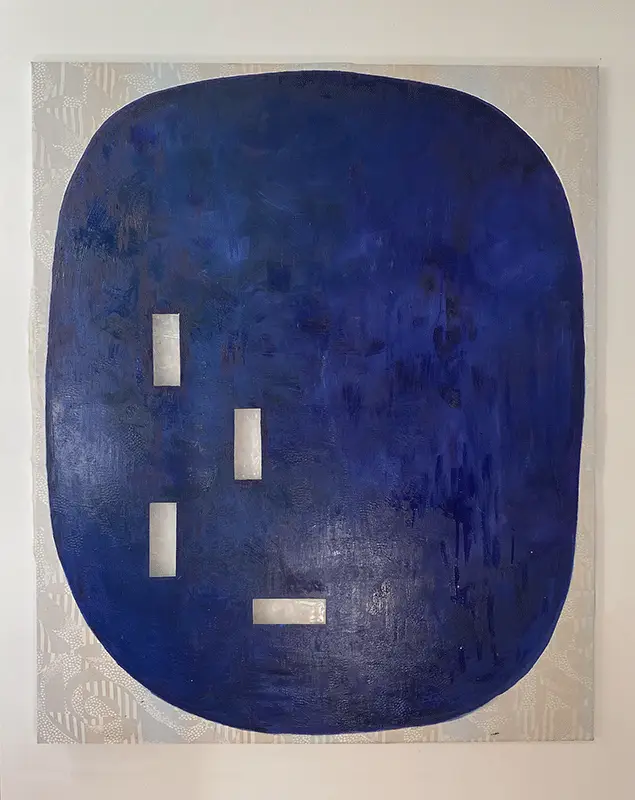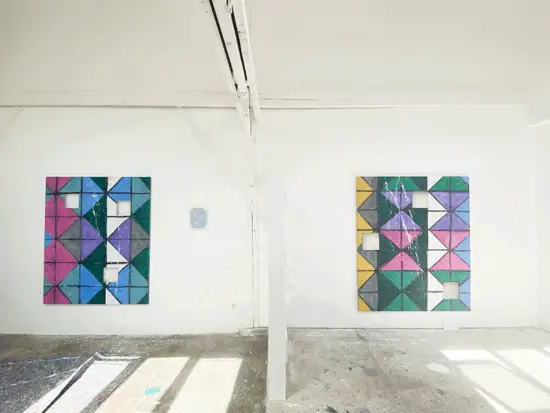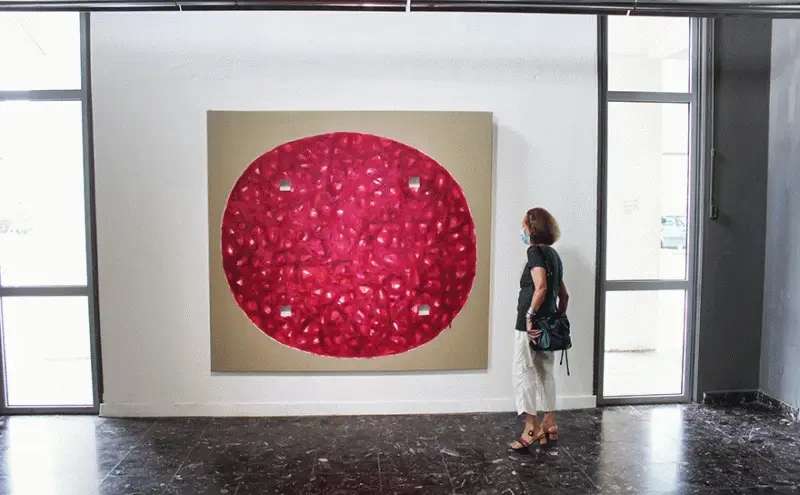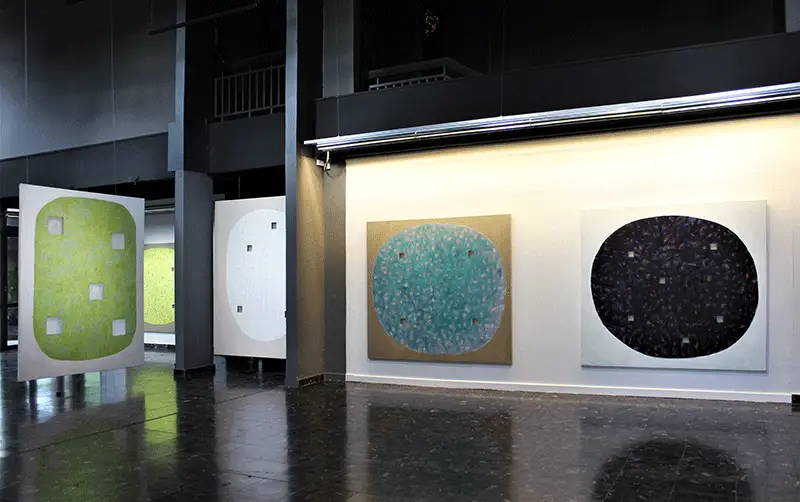I didn’t begin my path in art right away. First, I studied archaeology, then philosophy, before eventually finding my true direction. While working on a PhD at LMU Munich—exploring the profound link between art and truth—I was already exhibiting abstract paintings in group shows.
When I finally dedicated myself to being an artist, my work was guided by the Platonic belief that art must represent an Idea of something. Living in Moscow from 1991 to 1998, I painted large abstract oils that expressed my personal feelings toward the shifting realities around me.
Later, during my years in Vienna (1999–2015), my practice broadened into conceptual paintings, installations, objects, and even philosophical interventions in the city’s daily life. My art became a mirror for the social and intellectual questions that moved me most deeply.
Since 2015, I have turned toward a different focus: the holistic role of art, its metaphysical and therapeutic dimension. I believe this healing quality – on a philosophical level – can stand as the very heart of artistic expression.
After five years of living under the gentle tropics of La Réunion, I am now based in Paris. Life here is tougher, but also richer—and I feel ready to take this approach further, with even greater depth and intensity.


Since 2015, my work has turned toward the non-dual experience of art—art not as a symbol or messenger, but as an experience in and of itself. While writing on Kazimir Malevich, who declared his Black Square to be the icon of modern times, I came to a quiet realization: the true content of art may simply be its power to awaken and expand perception.
In this other tradition—far from Plato’s shadows—art carries no story to tell, not even the tale of refusing to tell one. Instead, it opens a space for the mind to wander, to play, to delight in its most essential task: perceiving the world with wonder. What could be more complete, more sufficient, than that?
The holes in my paintings are placed with care, like stones in a Zen garden—anchoring the eye within the raked field of paint that surrounds them. The painted surface becomes like gravel combed into subtle rhythms, framing emptiness as presence, silence as form. I later found an echo of this in John Cage’s Stones, which seemed to mirror my own search for balance between chance, structure, and stillness.





